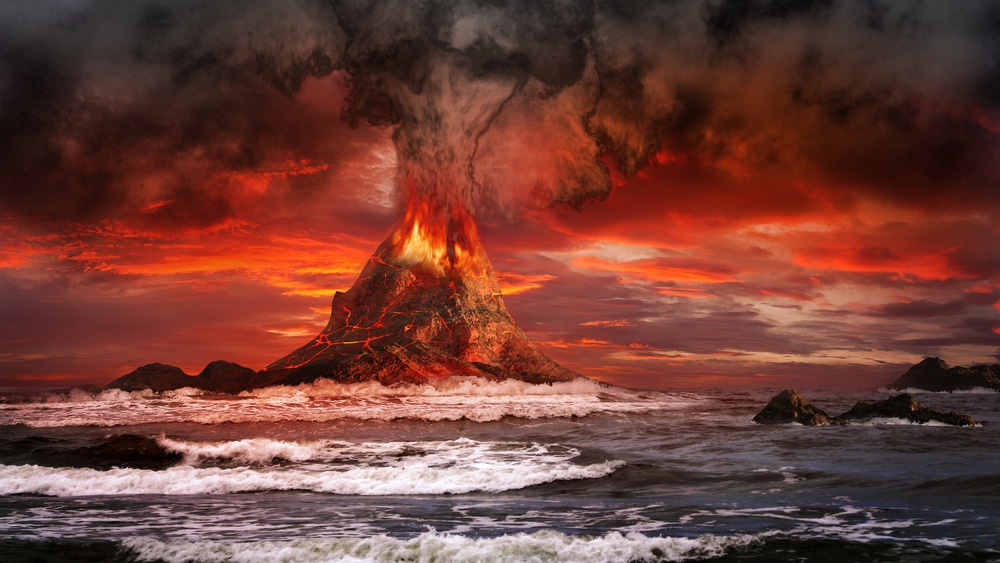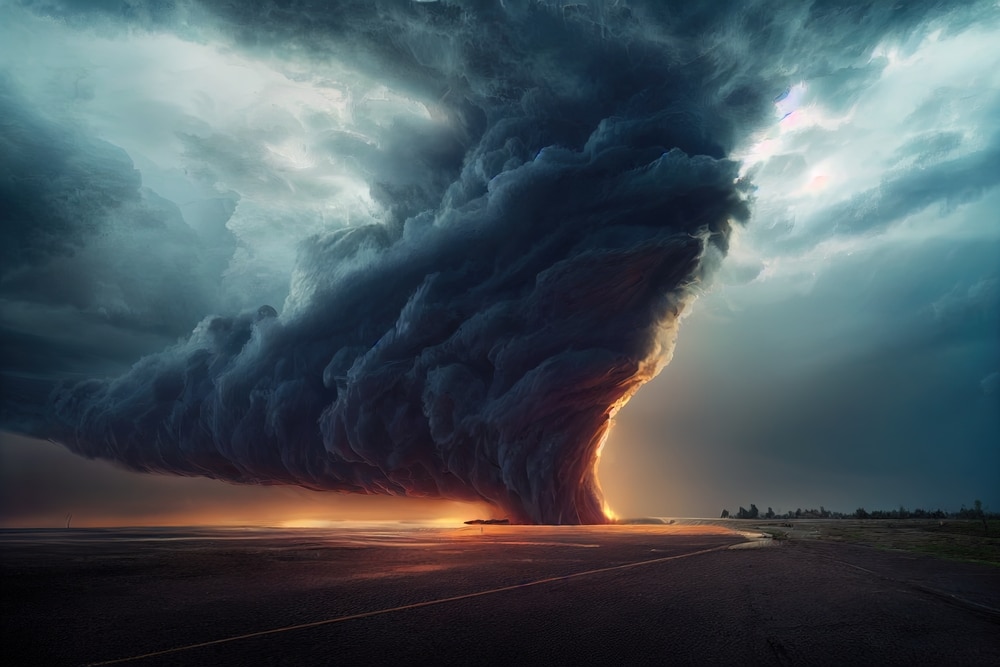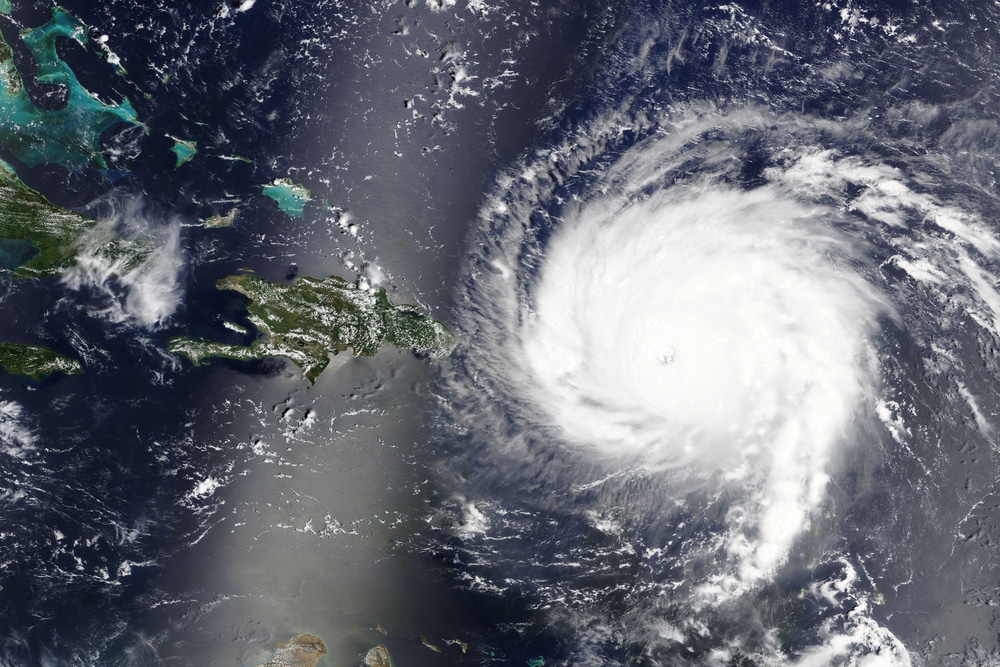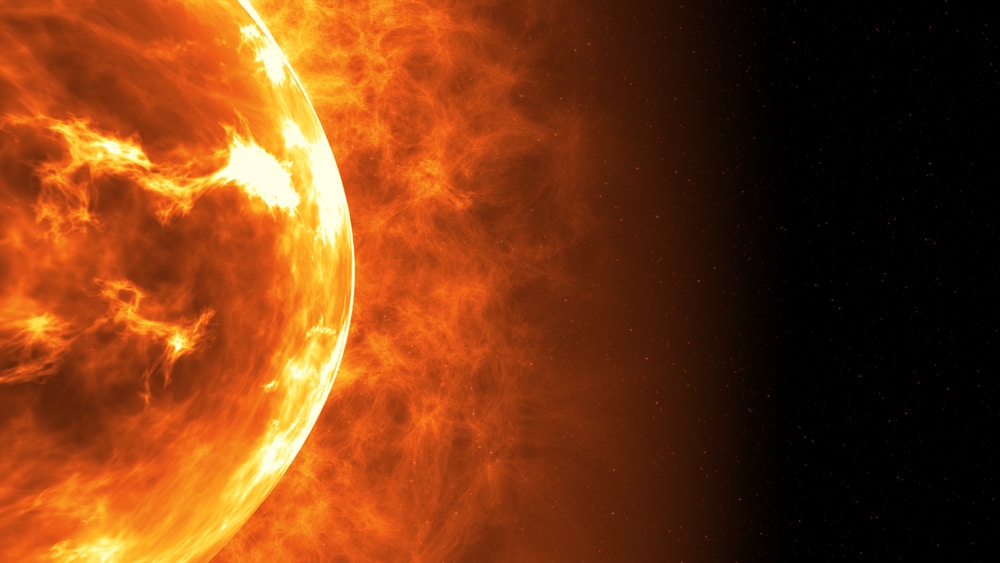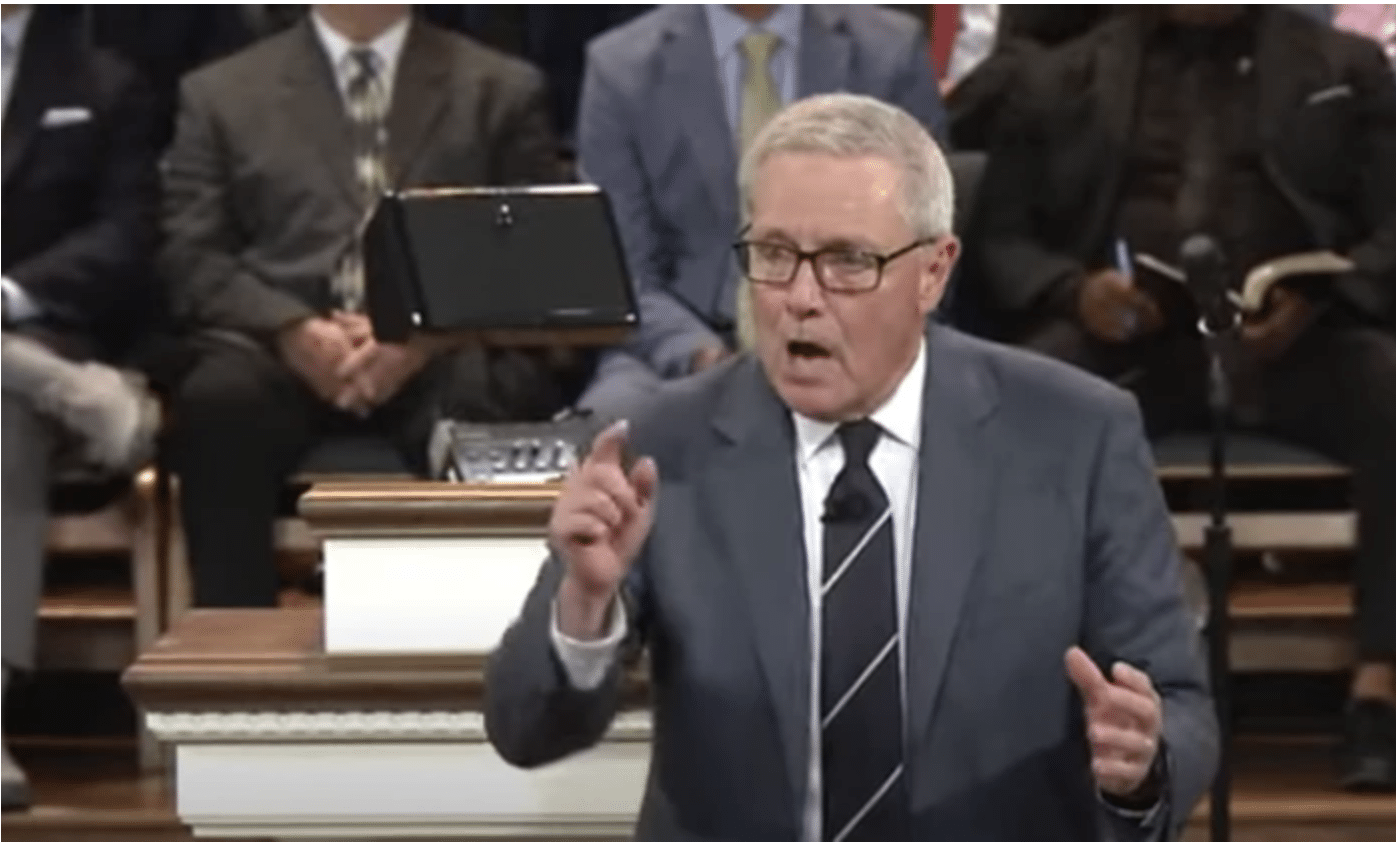Scientists believe there is a one in six chance of a major volcanic eruption this century which could dramatically change the world’s climate and put millions of lives in danger.
According to the Daily Mail, When the Hunga Tonga–Hunga Ha’apai volcano erupted off the shore of Tonga in the South Pacific Ocean in January, the blast was so huge that tsunamis hit the shores of Japan, North America, and South America and Tonga itself suffered damage equating to almost a fifth of its entire GDP.
But an analysis of ice cores in Greenland and Antarctica by a team at the Niels Bohr Institute in Copenhagen found that a magnitude 7 volcanic eruption – which could be 10 to 100 times bigger than the one recorded in January – is a distinct possibility for this century.
Eruptions of this size in the past have caused abrupt climate change and the collapse of civilizations. Yet one of the UK’s leading volcanologists today warned that the world is ‘woefully’ unprepared for such an event.
Michael Cassidy, associate professor of volcanology at the University of Birmingham, told Nature: ‘There is no coordinated action, nor large-scale investment, to mitigate the global effects of large-magnitude eruptions. ‘This needs to change.’
Cassidy reasoned that NASA and other agencies receive hundreds of billions of dollars in funding for ‘planetary defence’ planning, in other words, to prevent an asteroid or other cosmic projectile from slamming into the earth.
But there is no global program dedicated to protecting against the devastation that could occur following a large-scale volcanic eruption – something which is hundreds of times more likely to occur than are asteroid and comet impacts put together.
The last magnitude 7 eruption took place in 1815 in Tambora, Indonesia, killing more than 100,000 people in a matter of days, but the effects were felt around the globe by millions.

